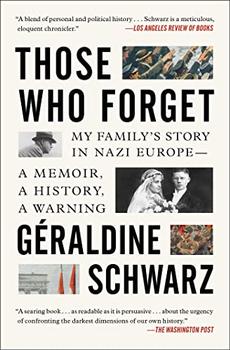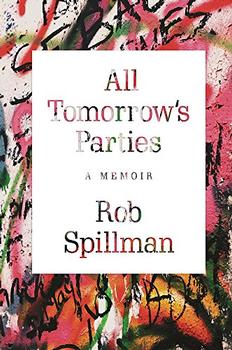Summary | Excerpt | Reviews | Beyond the book | Read-Alikes | Genres & Themes | Author Bio

A World Divided, 1961-1989
by Frederick TaylorBy 1958 nearly 3 million East
Germans, many of them young and educated, had fled to the West through the porous
border between East and West Berlin that allowed
people to cross in and out of the zones for work. This left about 17
million in East Germany with a further 200,000+
leaving every year. East Germany was facing an
implosion if the exodus was not stopped - hence the
construction of the Berlin Wall.
According to Frederick Taylor, although the Wall
was instigated and constructed by the East Germans, the
"leaders of the free world" at the time (Kennedy, Macmillan and de
Gaulle) were not agin the construction of a physical
barrier to constrict the outflow of people from East
Germany that threatened to destabilize the country,
which in turn could undermine European peace.
The perceived wisdom was that the Wall could be a
stabilizing influence, albeit a brutal and
oppressive one, between hot-headed nations with
fundamentally opposed ideologies.
Taylor has penned a compelling, thrilling, narrative
history of the rise and fall of The Berlin Wall - from
its beginnings as a hastily constructed barbed-wire fence, to the 30
miles of concrete and 300 watchtowers that followed
shortly after, to its eventual fall. He looks not just at the barrier that
partitioned a city, and the human stories of those
effected by the Wall, but also at the global
politics behind its construction in 1961, 16 years
after the war had ended and 13 years after Stalin's
failed attempt to seal off the city had been foiled
by the Berlin airlift. He also looks at what the
Wall symbolized in the power-play of Cold War
politics, and at the extraordinary events that led
to its destruction in a few short days in 1989. The Wall's quick fall was all the more shocking to Berliners as it had become a barely acknowledged fact of life for
many living on both sides of it; as Taylor observes, East Berliners could not see it and many
in West Berlin never bothered to visit it.
Did you know?
After the Berlin Wall came down, the
government of the soon-to-be-former German
Democratic Republic auctioned it off piece by piece.
If you feel so inclined you can buy a piece with a
certificate of authenticity anytime you want at
eBay and elsewhere. Having pulled The Wall down, a
few short
sections were restored by popular demand and now
form an often visited tourist attraction.
About the Author
Frederick Taylor was educated at Aylesbury
Grammar School; Oxford University, where he read
History and Modern Languages; and Sussex University,
where he did postgraduate work specializing in the
rise of the extreme Right in Germany during the
early twentieth century. He is the author of a
number of novels set in Germany and of Dresden:
Tuesday, February 13, 1945 (2004),
a reappraisal of one of the most
infamous air raids of the Second World War (more).
![]() This review was originally published in The BookBrowse Review in June 2007, and has been updated for the
June 2008 edition.
Click here to go to this issue.
This review was originally published in The BookBrowse Review in June 2007, and has been updated for the
June 2008 edition.
Click here to go to this issue.

If you liked The Berlin Wall, try these:

by Géraldine Schwarz
Published 2022
Those Who Forget, published to international awards and acclaim, is journalist Géraldine Schwarz's riveting account of her German and French grandparents' lives during World War II, an in-depth history of Europe's post-war reckoning with fascism, and an urgent appeal to remember as a defense against today's rise of far-right nationalism.

by Rob Spillman
Published 2017
In his intimate, entertaining, and heartfelt memoir, Spillman narrates a colorful, music-filled coming-of-age portrait of an artist's life that is also a cultural exploration of a shifting Berlin.
Discovery consists of seeing what everybody has seen and thinking what nobody has thought.
Click Here to find out who said this, as well as discovering other famous literary quotes!
Your guide toexceptional books
BookBrowse seeks out and recommends the best in contemporary fiction and nonfiction—books that not only engage and entertain but also deepen our understanding of ourselves and the world around us.